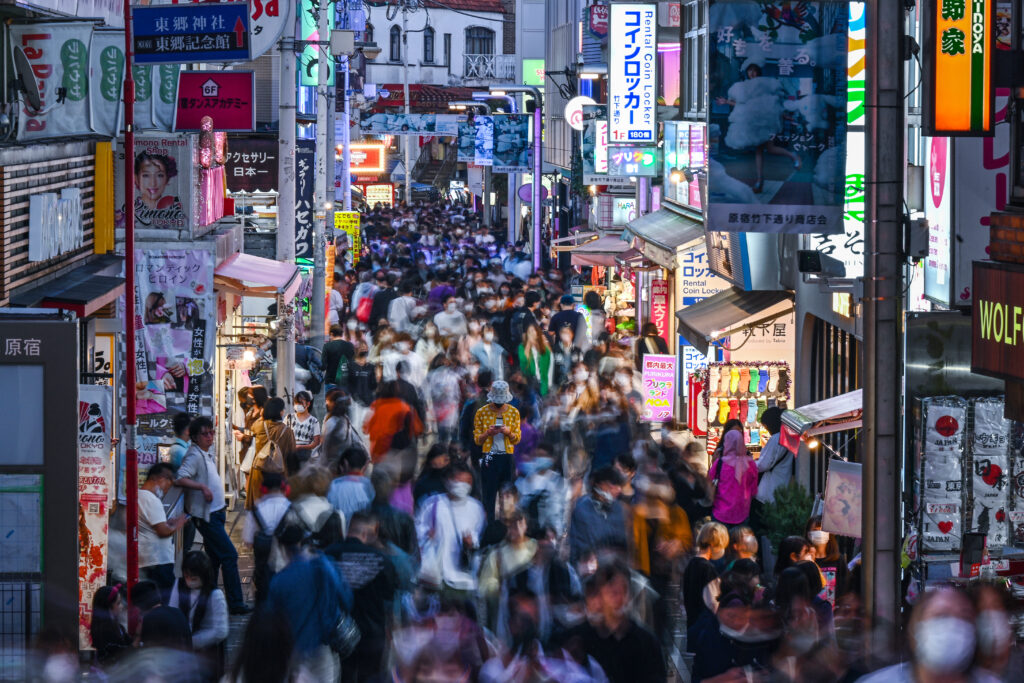
- ARAB NEWS
- 18 Jul 2025

TOKYO: The number of Japanese residents as of Jan. 1 fell by 861,237, or 0.70 percent, from a year before, marking the steepest decline ever and dropping for the 15th year in a row, a government survey showed Wednesday.
The country’s population of Japanese people totaled 121,561,801, based on the nation’s resident registry, according to the internal affairs ministry survey.
The population of Tokyo rose by 3,933, or 0.03 percent, up for the first time in three years, while the country’s other 46 prefectures saw their populations continue to decline.
The number of foreign residents in the country rose by 329,535, or 11.01 percent, to 3,323,374, hitting a record high since the ministry started taking statistics for foreign residents in 2013.
Many foreigners apparently came to Japan following the end of the country’s COVID-19-linked border control measures in April 2023.
The increase in Tokyo residents could be attributed to a rebound from population outflows to suburban areas during the COVID-19 pandemic.
By prefecture, Akita suffered the steepest population decline, at 1.83 percent, followed by Aomori, at 1.72 percent, and Iwate, at 1.61 percent. Okinawa logged the smallest population drop, at 0.24 percent.
The number of Japanese babies born in 2023 stood at a record low of 729,367.
The natural population fall, or the excess of deaths over births, came to 850,360, expanding for the 16th straight year.
No prefecture logged a natural population increase.
Six prefectures logged net social population growth, a situation in which the number of people moving in is larger than that of those moving out. Tokyo posted the biggest net increase, of 55,167, followed by Kanagawa, at 20,838, Saitama, at 17,439, Chiba, at 16,117, Osaka, at 12,521, and Fukuoka, at 8,674.
The combined number of Japanese and foreign residents in the Tokyo, Osaka and Nagoya metropolitan areas totaled 66,041,511. Although the figure fell for the fourth year in a row, it still accounted for over 50 percent of the country’s total population.
The combined population of Japanese and foreign nationals residing in Japan fell by 531,702, or 0.42 percent, to 124,885,175.
JIJI Press